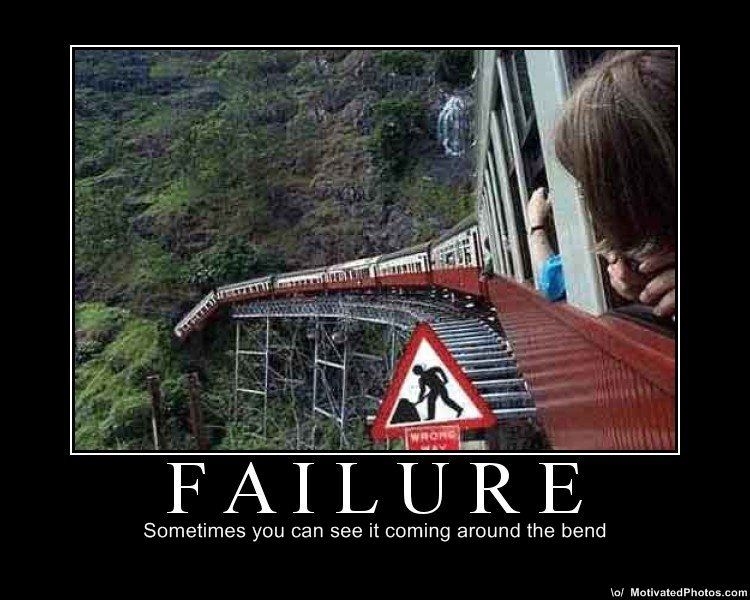It's the Systems
Behind the Systems
New systems can save a lot of grief. New systems can save a company a lot of money in operating expenses. New systems can open up capacity for a company to sell more. New systems can liberate working capital. New systems can help deliver better accuracy, higher productivity, and ensure better quality for the customer.

New systems can be a pain in the neck. New systems can cost a company tons of money in implementation. New systems can shut down manufacturing and distribution, bottling up capacity and killing sales. New systems can tie up unbelievable amounts of working capital. New systems can confuse the workforce and managers, compounding inaccuracy, devastating productivity, and making the operation look foolish in the eyes of the customer.
There are countless articles available on the Internet about the colossal failures of complex business systems, including enterprise management systems, supply chain planning systems, and warehouse management systems. Most of the stories available, written by outsiders in the business and trade press, overlook or completely miss the substantial causes of failure. A few good articles examine in detail the mistakes of senior leadership, the business challenges of managing a massive project with outside consulting help, and the technical challenges of integrating multiple systems.
Pay Attention to the Gemba
We are not going to touch on that here. Our focus is on the floor, the Gemba, where the system actually touches the physical reality of the business. You see, a company can have the right vision for their system, excellent technology, exceptional support from the technology consultants, and flawless project management—and still not achieve the accuracy, productivity, or quality they want from their distribution systems. That happens because the people on the floor don't understand the intricacies of the system, and they don't understand their interaction with other people in the system. If the employees in the Gemba don’t understand their roles, and how to interact with the system, things don’t work.
From what we observe in our client engagements, many managers and employees have a rather weak understanding of the systems that support their businesses. Even with operations that are mainly paper, it is easy to find a manager or employee who doesn't know the why behind the what they do. I've had managers and engineers go as far as tell me that they don't believe that the employees need to know the why, only the do. I usually answer, "Ignorance is not bliss!"
The employees have the ability to reason. I've seen many operations in which the employees were able move faster than the system. The top-performing distribution centers have a fully engaged workforce. Full engagement usually requires that the people have an understanding of what they are doing, that there is a purpose behind what they do. When a manager fails to engage the workforce, that manager is lowering his productivity and increasing the risk of failure.
The operational integrity of the management and associate team at a distribution center is often the key to the success or failure of the facility. While some warehouse management systems do not demand a high degree of operational discipline to be productive, others do. A good rule of thumb is the more real-time a system is, the greater the need for operational integrity and discipline.
When a distribution center goes through a dramatic change in its operating system, part of the trauma and drama comes from the team’s resistance to change. All groups have some level of resistance, so managers should expect resistance to the new system. New processes, new equipment, unfamiliar screens, vague instruction, and confused coworkers all add to the emotional stress. When managers fail to address these issues, resistance builds, as does the risk of failure.
Building Support – Listen to the Gemba Grumbles
The best WMS conversions did not involve a burning platform approach, in which an old system shut down on a Friday, to be replaced on Monday with a new system. While some upgrades and fixes can be launched by throwing a switch, fear of the unknown and anticipation of failure will make the floor staff resistant to change. The best conversions are done over time, with lots of training, sometimes using the old and new systems at the same time until the floor staff becomes comfortable with them and skilled at using them.
While this sounds difficult, it is simple with planning. Some training should be done in the classroom, but the main focus should be on the floor, using the functions in a test system so that the employees get a solid feel for what they are doing with the terminals and scanners, and how the system screens work. Let the shadow system run, allowing employees to log in and practice often. Encourage people who work in receiving to try out the picking tasks, and encourage the pickers to try the replenishment tasks, allowing for cross-training. Focus the cross-training on the downstream tasks, let receivers do stocking, let stockers do picking, and let pickers do loading. This builds a vital understanding of what the internal customer faces in getting their job done, and of how the next person down the line handles the work.
Too often, the schedule does not allow the floor team enough time to get to a level of comfortable confidence. Implementation schedules are often set by IT, not DC managers, which means they seldom allow the floor employees to ensure the team is ready. Do not rush the process. Allow time to examine and measure the operational integrity of the DC. Test and retest the accuracy and discipline of the floor and management teams, and do not move on to the next stage until the DC is operationally sound.
Finding out about unproductive or silly steps in the process is just one of the benefits of listening to the Gemba Grumbles (the complaints about the new system). Does your system have pickers scanning the location label twice? Is it asking the picker to scan a product UPS after the picker reports the bin is empty? Are there spots in the warehouse where the gun goes dead? Is the display telling the picker to pick packs when they should be picking eaches? All these issues came up in famous WMS go-live event failures, and all would have been caught if sufficient floor testing and training had taken place.
The best implementations use mastery milestones for a schedule, with clear goals. If the team meets a mastery milestone and exceeds those goals, move to the next one on the schedule. These implementations build the morale of the team on the floor and in the office.
When people think they can win, they often do win. And that is what we want, right?



